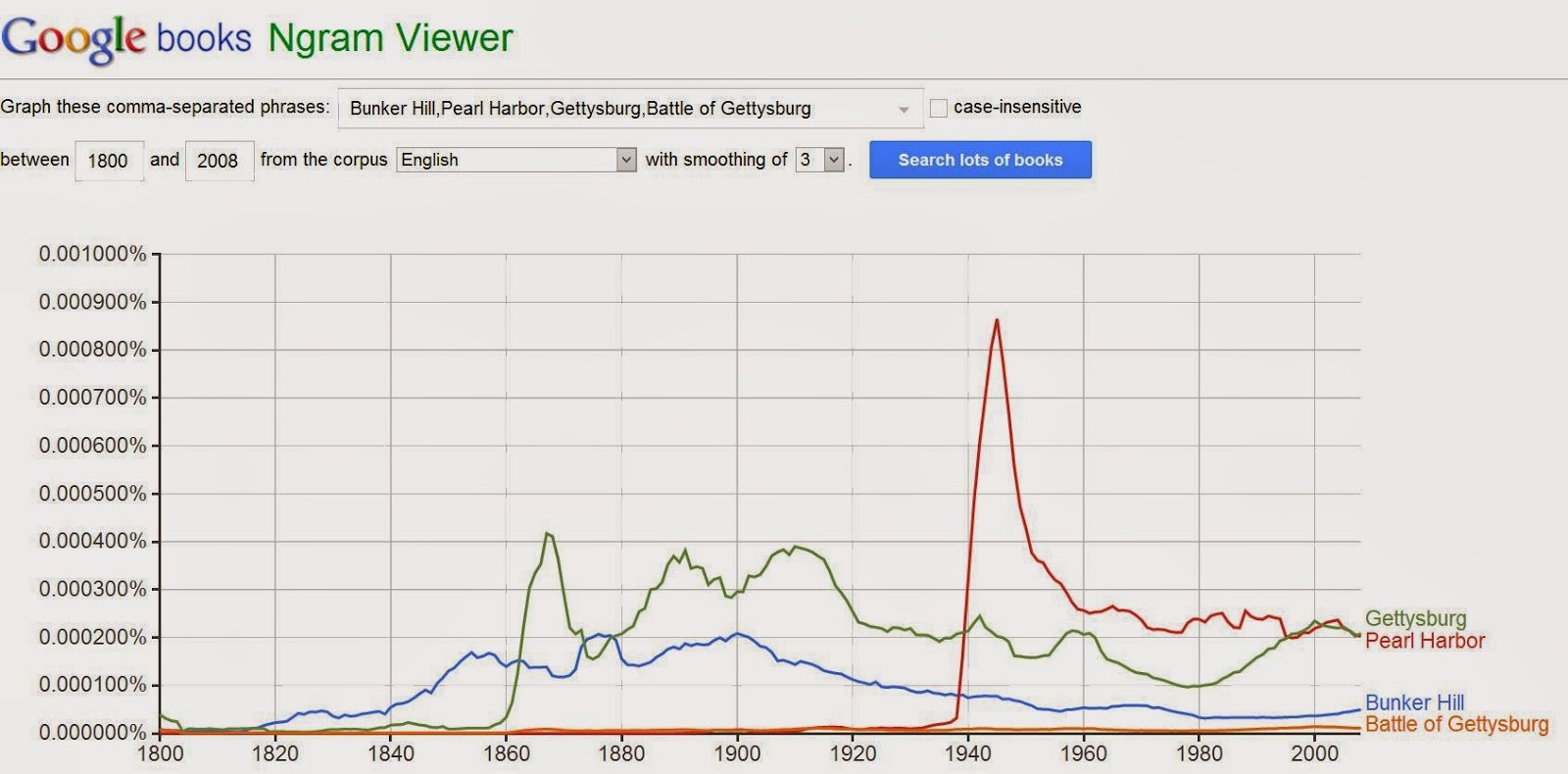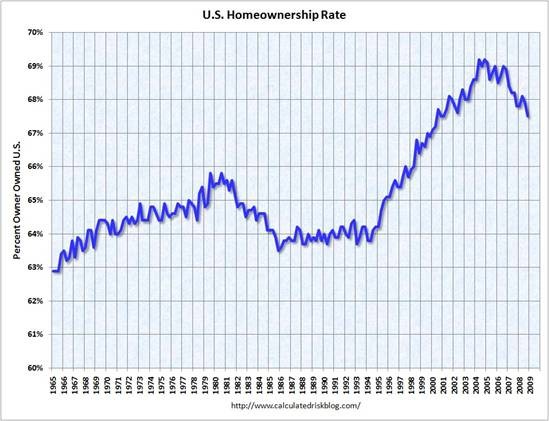Dow 100 000 Sure in this Fantasy World
Post on: 4 Апрель, 2015 No Comment

The Dow could go to 100,000, easily. All it would take is a Dollar that is worth about 17% what it is today. Its simple math really, and the Japanese stock market (NYSEARCA:EWJ) has also been doing similar math as the Japanese Central Banks latest announcement rocked its stock market higher.
That kind of math is why on Friday 10/31 when the Japanese Bank surprisingly enacted its latest quantitative easing that included a promise to buy even more of its government bonds along with a mandate that its pension funds would now allocate 25% of their assets to equities (up from 12%), the Yen saw a daily slash in its purchasing power of an incredible 3% that helped send its equity markets up an astounding 5%.
Of course with the massive weakening of the Yen, the U.S. markets also benefited, taking many of them to new all time highs, so what is really going on?
Causation or Correlation?
The extreme correlation between the Yen (NYSEARCA:FXY) and the U.S.s equity markets (NYSEARCA:PFF) is something we have followed at ETFguide very closely as the closely knit relationship has been front and center on our scale of importance for months now.
That extreme correlation was in full effect 10/31, and no matter what you hear in the media or from your financial advisor, it has been the primary reason for the U.S. markets rally since the 10/15 panic low.
At first it doesnt make sense since U.S. companies only export 1% of their sales to Japan. The Carry Trade however, involves much more than 1% of the equity markets value and is a much more important macro-economic driver than earnings or company fundamentals
Below is the correlation chart between the Yen and the S&P 500 over the last month. The weaker Yen has driven the U.S. stock market higher over the past three weeks, but you can also see that Yen strengthening was a major driver of Octobers massive selloff.
Anyone who trades and follows the markets on a daily basis will tell you that that selloff was margin call and liquidation driven. The chart below shows it was likely Carry Trade liquidation on the back of a stronger Yen.
We saw a little of what happens when those trades unwind in early October, and I see it as much more than just a coincidence these two markets are tied so hand in hand.
If the Yens weakening trend ends, it should be expected the next equity market selloff would occur as the worlds carry trades and leverage are likely once again the most meaningful part of todays investment environment.
Been There Done That Why The Feds QE is Not Different This Time
Here is the interesting part.
We need to be reminded that QE is nothing new. In fact Japanese QE has been going on since the year 2001 and what have the Japanese and U.S. equity markets done during that time? Well, the following chart shows you Japans conclusion so you can judge QEs long term effectiveness (or lack thereof) and the U.S. versions potential.
The silver lining to me from the American perspective is that we do not have to fly blind. There is a precedent.
We are lagging Japans demographic difficulties by about 15 years and Japans initial QE by seven years.

Japan did its first QE 14 years ago, and some version of it continues today as its bank has expanded its scope that now includes buying even more equities. So it would not surprise me to see a similar extreme here in the U.S. sometime in the next decade, but what will it really be a sign of, future prosperity or the end of a trend?
With the U.S.s initial QE beginning in 2008, is this synonymous with Japans 2001 that saw equities rise to levels above the initial QE just as QE was wrapping up, but then ultimately fail and fall back to test the lows as Japans market did in 2006 and 2007?
Six years after initializing QE, Japan saw a major equity market top. Could that be a reason to expect the U.S. market to also top six years later, in 2014? (Japans 2001 = U.S.s 2008 and thus Japans 2007 top = U.S.s 2014?) Perhaps, especially given the extreme correlation between the Japanese Yen and the U.S. equity markets.
If the Yens (NYSEARCA:YCL) decline ends, no doubt it would be a reason to increase caution even more.
Japan (NYSEARCA:DXJ) enacted QE way back in 2001, and its stock market is still flat since.
Why should we expect this to end any differently in the United States than it did in Japan in 2006? Should we really consider Japan going all in equities after a five year rally in price as a bullish sign?
I dont think so, and Japans chart above technically shows this as well, as it sports another instance of slowing RSI momentum with prices still flat after 14 years of intervention.
For more on what it would take to get the Dow to 100,000 check out the ETF Profit Strategy Newsletter and Technical Forecast where we recently showed the framework for such a case. We also are closely following the Yens performance as it is obvious what is happening in Japan is having repercussions around the world, including the gold markets demise which we warned readers would happen.
Follow us on Twitter @ ETFguide














